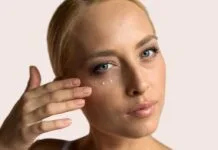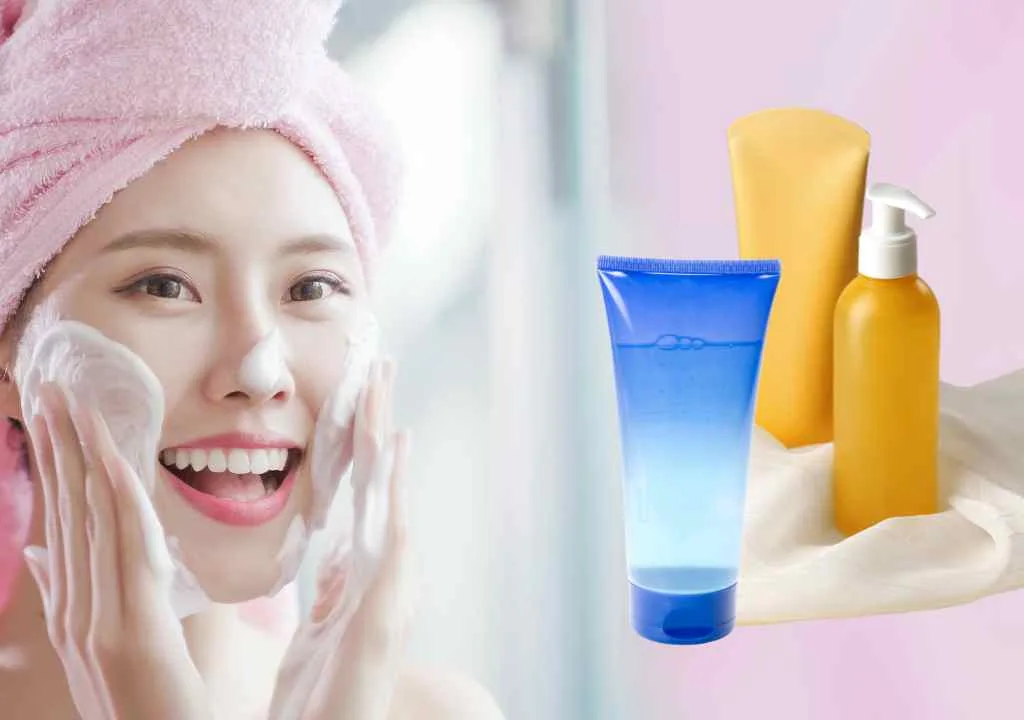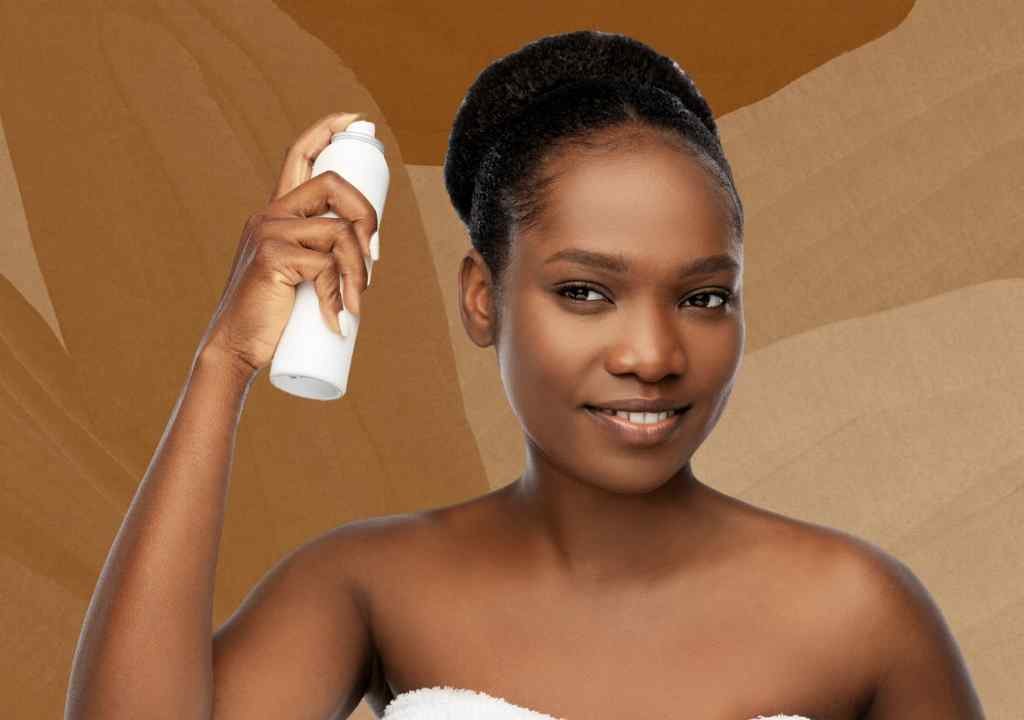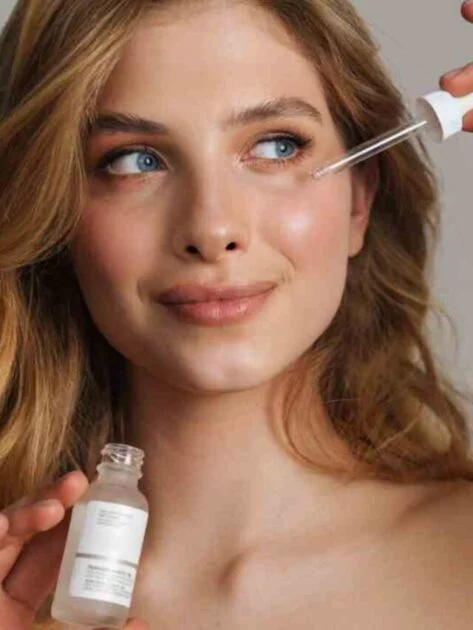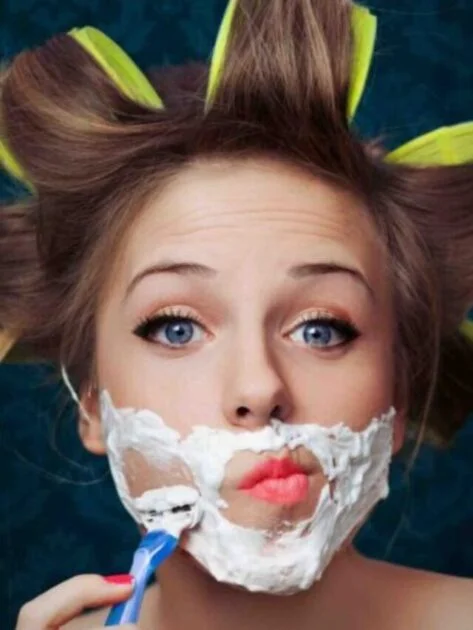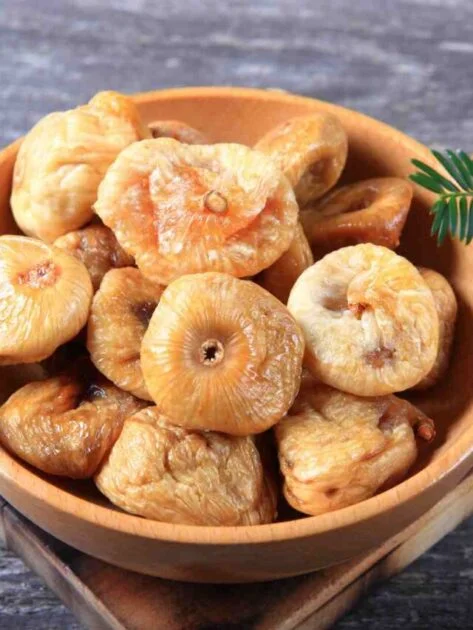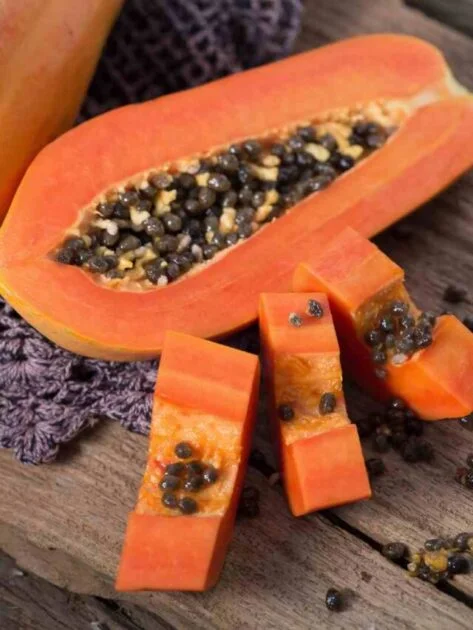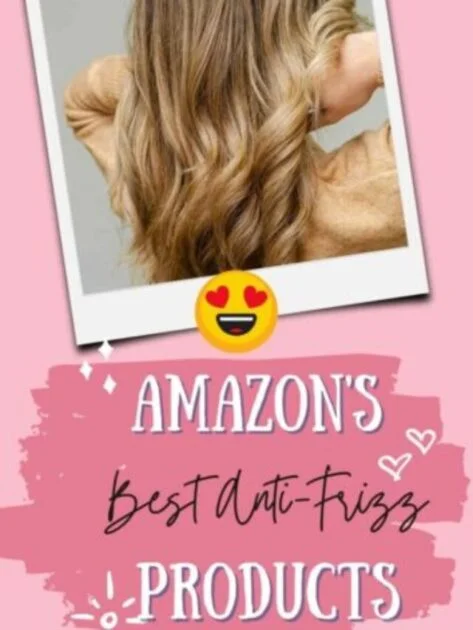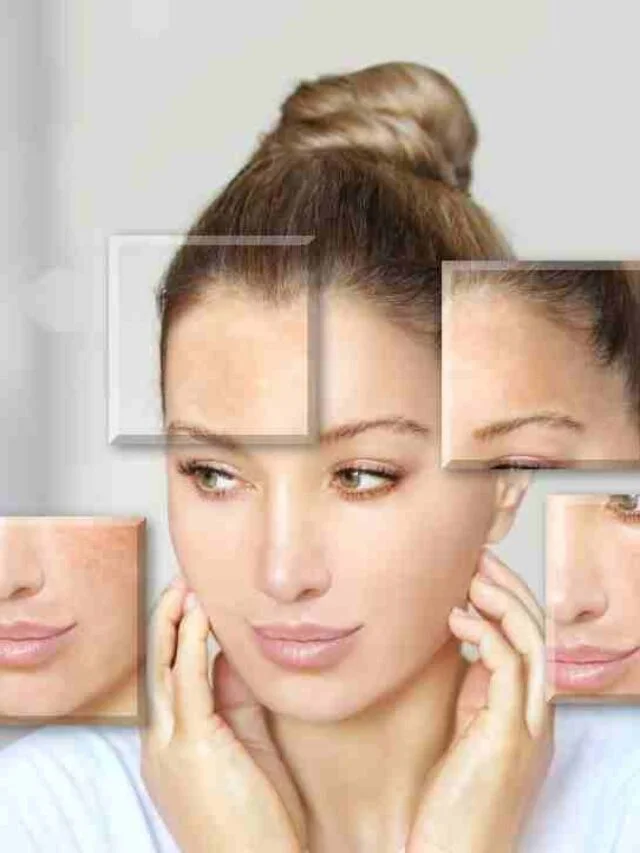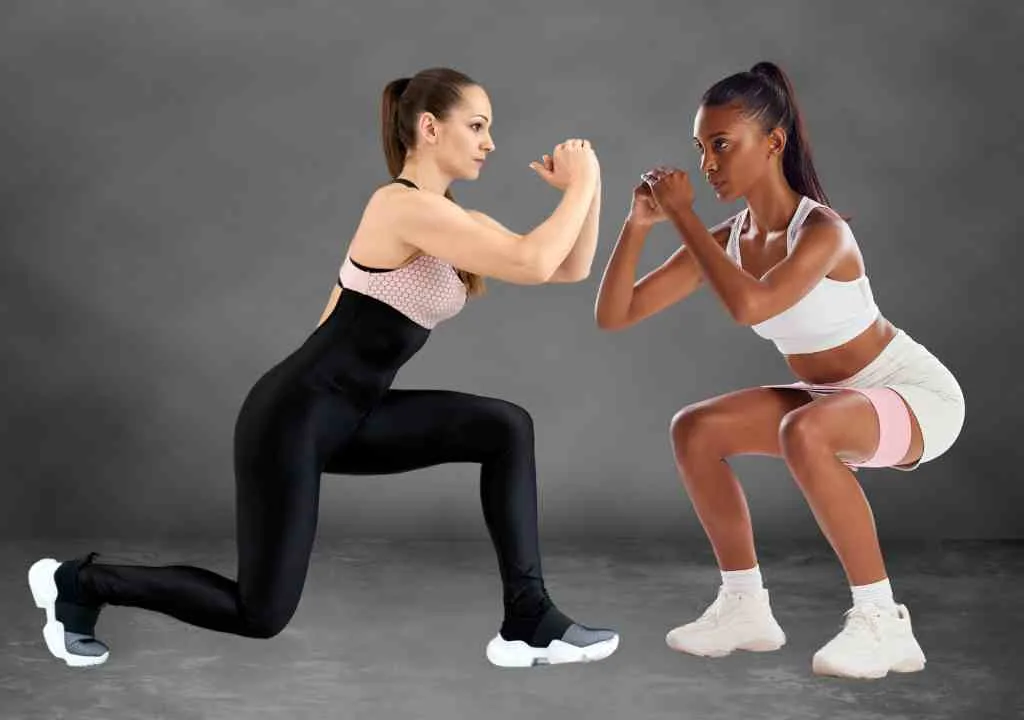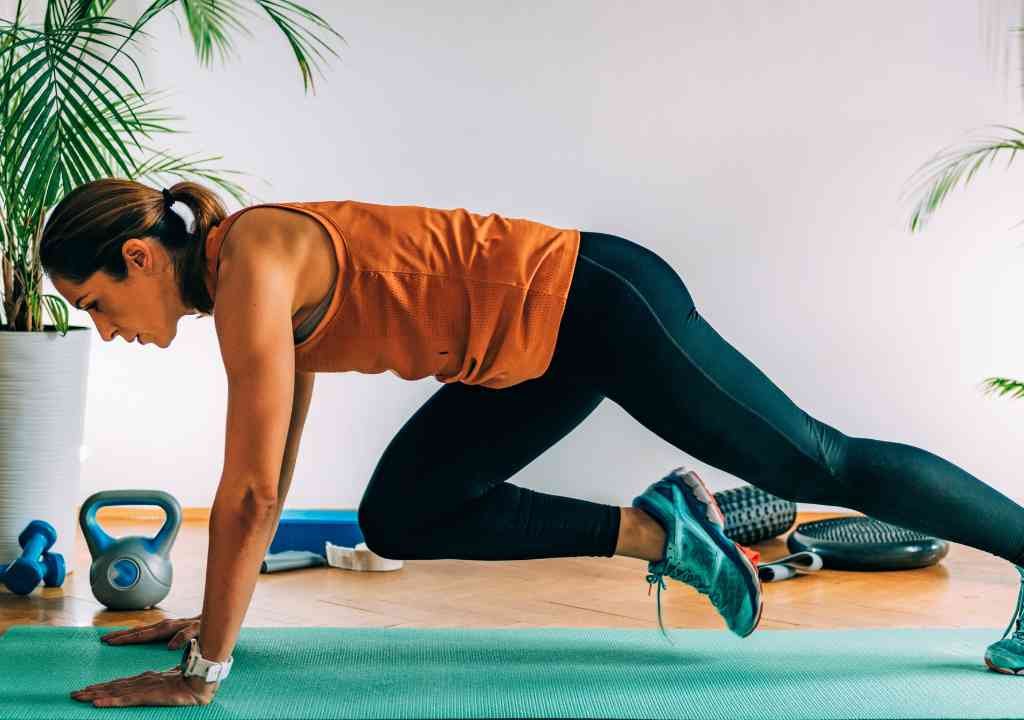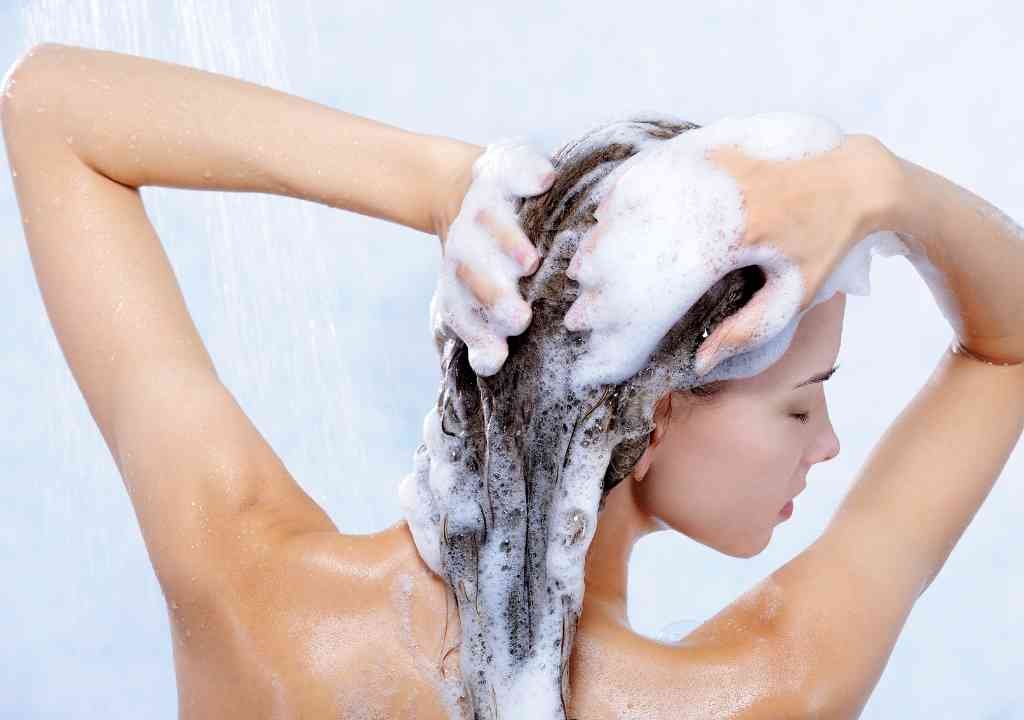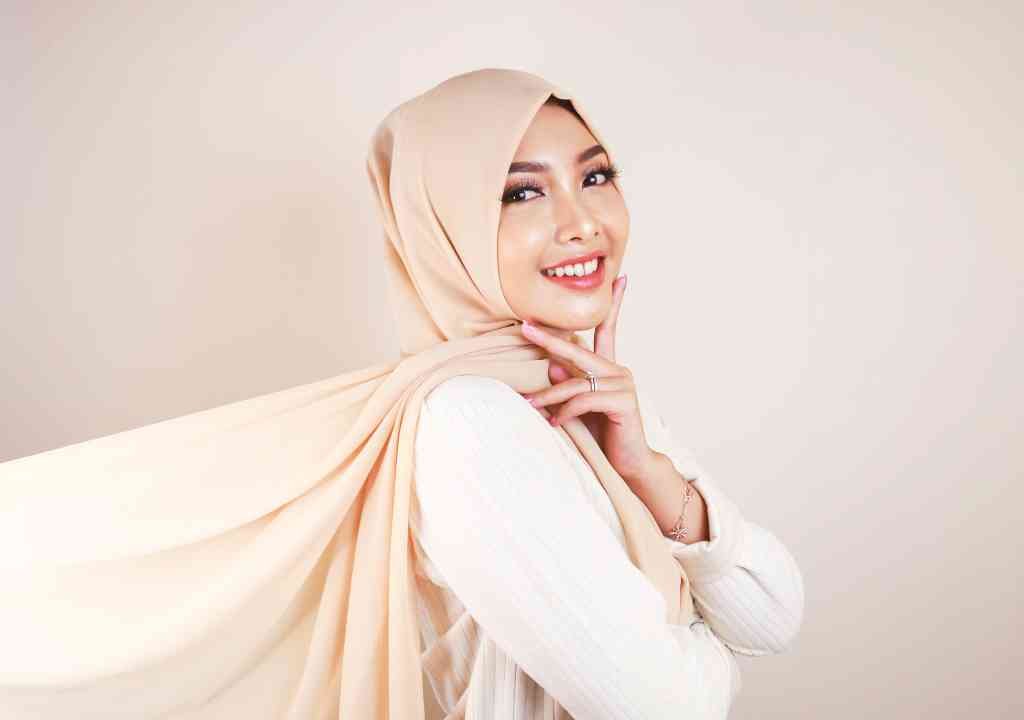Struggling with how to get rid of baby hair? You are not alone! Baby hairs are those tiny, wispy strands that frame your face and can sometimes prove to be such a frustrating challenge to so many. Be it due to a genetic quirk or the results of hair damage, these pesky little hairs just seem to throw a wrench in your hairstyle and make you feel so conscious about yourself. But you are not alone in this fight!
Common culprits for baby hair include genetics, meaning that you may be more predisposed to having finer and shorter hairs. Other reasons could be breakage caused by the use of strong styling products or chemical treatments. In some cases, hormonal changes during pregnancy or menopause can also contribute to a surge in baby hair.
Not to worry! In this in-depth guide, we will give you ways on how to deal with these stubborn locks. We will show you techniques, products, and hairstyles that help minimize the appearance of baby hair—making you confident. Let’s get started!
Understanding Baby Hair
Table of Contents
Baby hair—like those tiny wispy strands framing your face—can be a such pain. But before moving into the solutions, let’s understand really what they are.
There are two major kinds of baby hairs: vellus hair and peach fuzz. Vellus hair is exceptionally fine, soft hair that commonly covers most areas of your body. It is often referred to as “peach fuzz.” Peach fuzz: Mostly used as an interchange for vellus hair, but it usually alludes to the finer, shorter types of hair found around the face.
The first step to finding out is distinguishing this from other hair problems like split ends or breakage. Usually, it is shorter and finer than the rest of your hair and of a more uniform texture. Breakage can happen in any part of the shaft of hair and is usually frayed or split in appearance. Usually, the hair is shorter and finer than the rest of your hair and of a more uniform texture. First off, understand the difference between the baby hair and what people usually mistake for other hair problems.
Where Baby Hair Comes From
One needs to find out the real causes of baby hair. The answer will vary from individual to individual, but several factors contribute to their appearance.
Genetics and Hair Texture
The role of genetics determines the hair type you keep. In case you have a background of thin or fine hair, then you are likely to suffer from baby hair. Hair texture also bears its influence in making them appear. Those with naturally curly or wavy hair would find the baby hairs most visible.
Hair Damage and Breakage
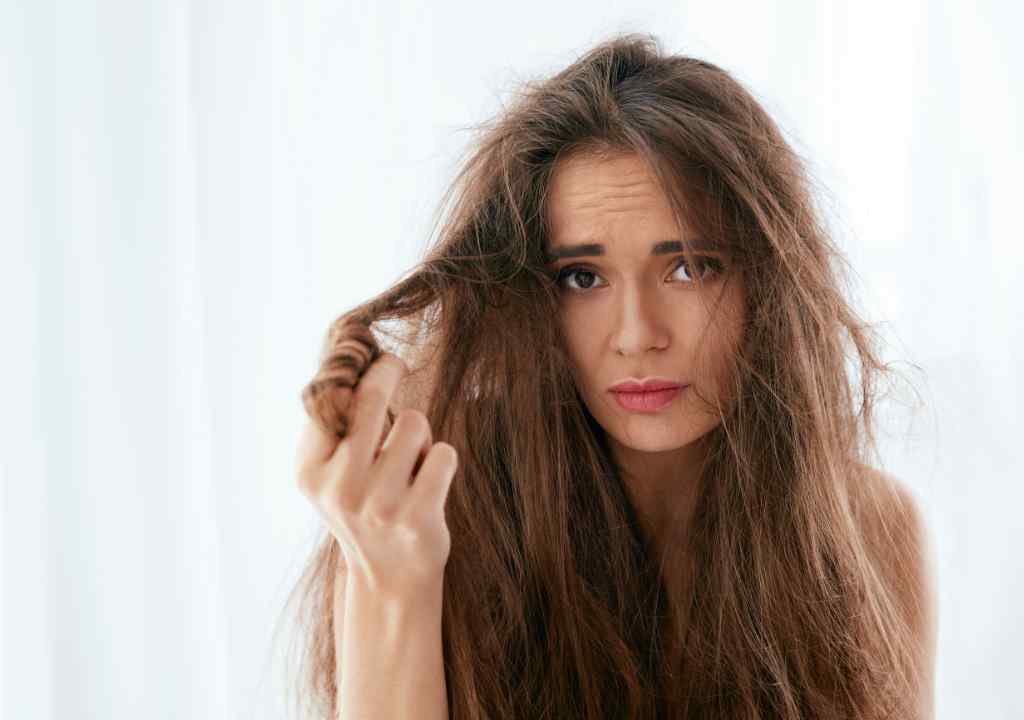
Excessive heat styling, chemical processing, and tight hairstyles are some of the harshest hair treatments that weaken the shaft and lead to breakage. These broken strands then appear as baby hairs in areas around your hairline.
Hormonal Factors
Hormonal changes may mean changes in hair development and texture. Circumstances, such as pregnancy, menopause, and some medical situations and treatments, can result in baby hair. With the surges or drops in hormone levels, it means the hair growth cycle is affected, and one ends up having fine, short hairs.
Identifying the causes of your baby hair helps tailor your hair care routine to solving it the best way.
Also Read: Tame the Mane: How to Get Rid of Frizzy Hair Permanently?
Styling tips to hide baby hair
While one entirely cannot get rid of baby hair, during days when it gets out of control, there are a few styling tricks to help manage and minimize their appearance.
Hairstyles Which Hide Baby Hair
- Updos: Updos are great for covering up those baby hairs. Try classic buns, chignons, or stylish braids.
Ponytails can also conceal the baby hairs really well. Add a touch of volume at the crown to create a more polished look. - Braids: Braids are versatile styles that can really disguise one’s baby hair. Do different braid styles, either Dutch or French.
How to Get Rid of Baby Hair Using Hair Accessories

- Headbands: Headbands are practical and stylish to keep the baby hairs in order. Go for wider headbands with better coverage.
- Clips and bobby pins: These little clips and bobby pins can be secured to hold the stray baby hairs in place. Use bobby pins closest to your hair color for a discrete finish.
Styling Products to Tame Baby Hair
- Hairspray: Good quality hairsprays will help hold the baby hairs in place throughout the day. Use a light-hold hairspray to prevent stiffness.
- Gel: This will help in laying down the baby hairs. Take a little and then smooth over using the tips of your fingers. Pomade—holds more than gel, and does an even better job at taming the baby hairs. Use a small amount and run this through your hair. Hair Care Routines for Baby Hair Management
Although considered a pain, baby hair could be dealt with by some of the following measures: be gentle with your hair. Do not use harsh shampoos or conditioners, and always detangle your mane with a wide-tooth comb. Avoid heat styling as much as possible, too. If you do use heat, be sure to apply a heat protectant before styling.
Second, trim regularly. Be sure to trim your hair every 6-8 weeks to help remove any split ends that are going to cause further breakage. This is also going to help in keeping the baby hair at bay.
Professional Treatments for Baby Hair: A Closer Look
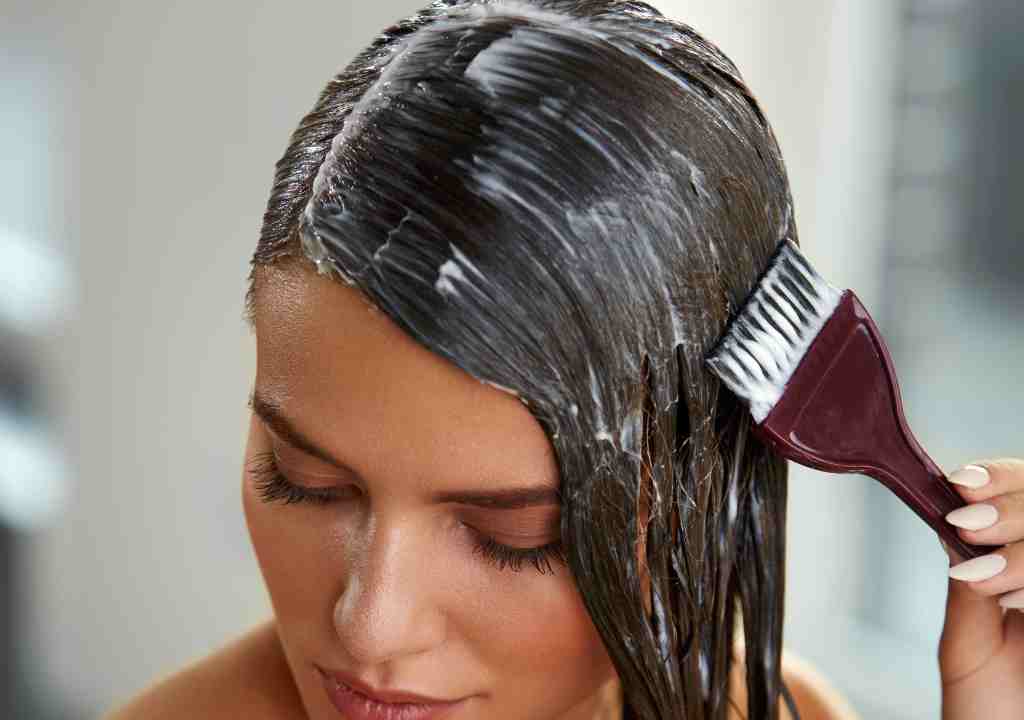
Disclaimer: While I can provide general info, it’s highly recommended to be advised by an expert hairstylist or dermatologist for specific advice that pertains to your specific hair type and concern Hairstylist.
More importantly, a stylist can offer very valuable advice on how to deal with your baby hair before you resort to extreme measures. They can:
- Do a check of the type and condition of your hair: Various hair is treated differently.
- Recommend some styling techniques: A good stylist will demonstrate how to style your hair in such a way that it will not be not so noticeable with the baby hair.
- Suggest suitable products: Products for such hair, which will control frizz and keep flyaways at bay, are recommended.
Baby Hair Treatments
While there is no permanent solution to baby hair, there are treatments that make its presence a little better:
Laser Hair Removal
- Working Process: The procedure involves targeting hair follicles by rendering concentrated light energy to the area, thus preventing the growth of hair.
- Effectiveness: Can turn out to be very effective in reducing the amount of baby hair, but it requires several sessions to do so.
- Considerations: Expensive, time-consuming, and may not work for some.
Chemical Treatments
- Relaxers: These are applied to change the structure of the hair chemically so that it becomes straight and smooth. This will make the baby hairs less noticeable for a bit. However, relaxers damage the hair when not applied correctly and have regular touch-up requirements.
- Keratin Treatments: Keratin treatments envelope the hair in a layer of protein, making it smooth out the frizzes and flyaways. This will result in an improvement in the manageability of these baby hairs, but it is not permanent and needs to be reapplied every couple of months.
- Electrolysis: This procedure uses a small, fine needle or probe to send a low level of electrical current into the hair follicle, thereby damaging the interior of the follicle irreparably. Electrolysis is permanent removal of baby hair; though pretty time-consuming, it may include several sessions, especially in the case of larger areas. It’s also worth mentioning that electrolysis is only slightly comfortable, so be sure to speak with your dermatologist or electrologist in regard to options for pain management.
Also Read: 5 Best homemade protein treatment for hair
Other Options
- Threading: It is a technique used to remove excess hair from the eyebrows and other areas of the body. In this too, fine baby hairs can be removed. Threading is rather painful and temporary in nature.
- Waxing: Waxing is also similar to threading, as it removes the hairs from the roots. However, waxing can be significantly more painful than threading, particularly on the sensitive skin on either side of your face. It may also not be suited for everyone, especially for very sensitive skin.
Critical Factors in Treatment Options:
- Skin sensitivity: If your skin is sensitive, be cautious with using chemical or laser treatment.
- Hair growth cycle: Hair grows in cycles, so treatments have to be repeated.
- Professional advice: Always seek the advice of a professional on how to go about the approach which is going to suit your hair and skin type best.
Keep in mind that most of these treatments aimed at helping you deal with baby hair may not prove effective on everyone. Very often, styling techniques coupled with good hair care products and patience do wonders.
Baby Hair and Learning to Live with It: Embracing Your Individuality
Well, these are natural attributes of having hair, so sure, at times they can be quite vexing, but they do give you a touch of delicate charm to your features. Here are some final thoughts to take away with you:
Focus on Hair Health: When you enact gentle hair care routines, essentially, you’ve improved the overall hair health. This will reduce, in most cases, the presence of baby hairs.
Play with Styles: Never be afraid to play around with various hairstyles. Updos, braids, and headbands can be some really cool baby hair management tools.
Love Yourself: Each head of hair is different, and the baby hairs are a part of the difference. Love yourself and sport that hairstyle with confidence!
Bonus Tips:
- Dry Shampoo: Place some dry shampoo during those days when your hair feels lifeless, and the baby hairs are more noticeable. Since it gives volume and texture to your hair, therefore making them not that visible.
- Hair Accessories: All fun hair accessories like headbands, clips, and barrettes add personality and style while keeping control over the baby hairs.
- Scalp Care: A healthy scalp promotes the growth of healthy hair. Seek out shampoos and conditioners that promote good health for your scalp and your hair in general.
Armed with the information and strategies shared throughout this guide, you are well ahead of the ball in caring for all your baby hair and sporting those refined, beautiful hairstyles. Patience, the right approach, and embracing your unique hair may be just the solution for urges in your confidence to rock that look!



